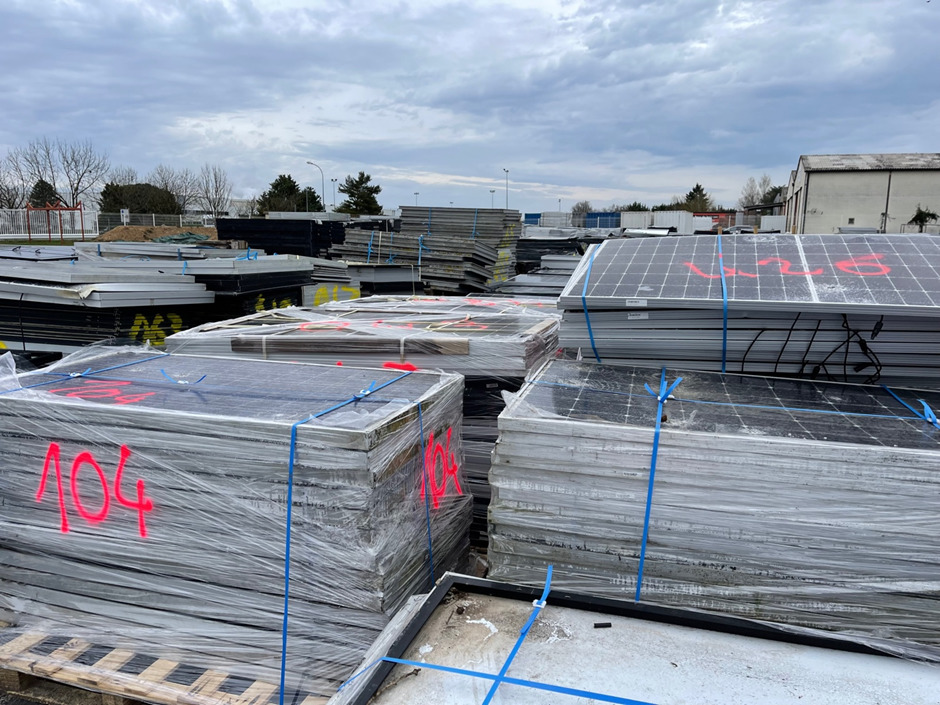Strategic Selection of Sites for Enhanced PV Waste Management
Rong Deng, a researcher from the University of New South Wales (UNSW), shared with PV Tech Premium that the choice of five specific sites for waste management was driven by historical data on photovoltaic (PV) installations. These sites, chosen for their strategic relevance to existing recycling facilities, are expected to face substantial waste accumulation. Deng’s insights highlight a proactive approach to managing the anticipated surge in PV waste within these regions.
Challenges in Recycling and Waste Management
Despite existing efforts, Australia faces challenges in scaling its PV recycling capabilities. Deng pointed out that the country hosts several solar recycling companies; however, the industry lacks the technological advancements seen in international counterparts like California-based Solarcycle. The absence of specialized legislation for the recycling of end-of-life PV panels has left the sector reliant on market forces, though a Product Stewardship Scheme is set to change this landscape by making manufacturers or asset owners financially responsible for decommissioning panels.
Enhancing Infrastructure to Support Solar Panel Recycling
The current infrastructure in Australia is not fully equipped for the specialized recycling of solar panels, often resulting in less efficient material recovery processes. Deng emphasizes the need for facilities specifically designed for solar panel components, which could significantly improve the quality and value of recycled materials. Additionally, the potential for introducing a closed-loop recycling system is being explored, which would allow for the continuous reuse of solar materials, enhancing sustainability and reducing waste.
Australia’s Robust Secondary Market for PV Modules
Australia’s market for reused solar panels is robust, driven by high decommissioning rates, particularly in small-scale systems. Homeowners often replace panels to upgrade to more efficient systems or due to damage, creating a significant secondary market. This market not only supports environmental sustainability but also offers economic benefits by providing cost-effective solutions for solar energy.
Storage, Disposal, and Export Practices
Deng sheds light on the less-discussed practices concerning end-of-life PV modules, such as landfilling, stockpiling, and exporting. These methods, while currently necessary, highlight the urgent need for more sustainable solutions. The economic and environmental costs associated with these practices make a strong case for enhancing recycling technologies and infrastructure.
Call for Immediate and Sustained Efforts in Recycling
With projections indicating a significant increase in waste from solar panels, particularly in urban areas, there is a pressing need to establish effective recycling operations in major cities before expanding to regional areas. This strategic approach would align with waste generation patterns and help mitigate the risk of overwhelming landfill sites. The implementation of the Product Stewardship Scheme next year is a step in the right direction, promising to integrate financial accountability into the recycling process.
Future Prospects for Closed-Loop Recycling
The potential for establishing a closed-loop recycling system in Australia is promising but depends heavily on market conditions and local manufacturing capabilities. Initiatives like the government’s recent investment in domestic PV manufacturing could pave the way for integrating recycled materials back into the production cycle, enhancing the overall sustainability of the solar industry.
Deng’s comprehensive analysis and recommendations provide a clear roadmap for tackling the imminent challenges posed by PV waste in Australia. By addressing these issues proactively, Australia can lead by example in solar recycling, turning potential environmental liabilities into opportunities for innovation and sustainability.
